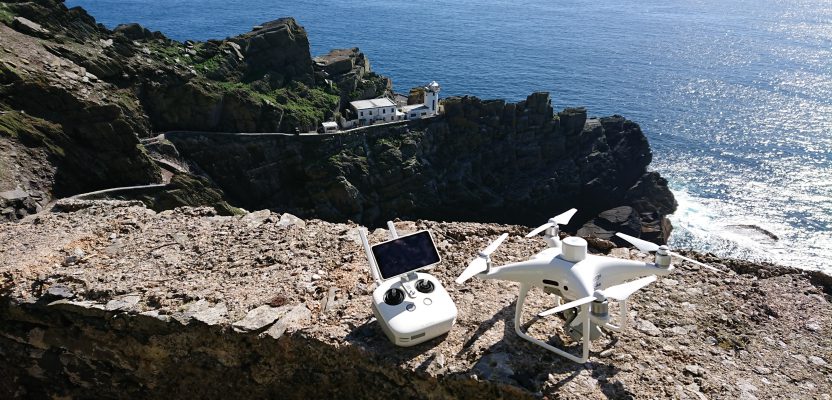Beyond visual line of sight (BVLOS) is where the cutting edge of commercial UAS technology shakes hands with ever-lagging regulations. With such rapid developments in the technology, aviation authorities worldwide struggle to keep up with UAS capabilities, particularly in an industry where safety is paramount.
In some countries, BVLOS has already shown itself to be useful for several UAS applications, from mapping to deliveries. With the continued success of test flights, it is easy to imagine that this method of flying will become ubiquitous.
For UAS operators, true BVLOS means that the only limitation on range for their chosen system is battery life. Currently, leading fixed-wing manufacturers offer anything from 50- to 120-minute flight times. The coming years will see this endurance being bumped up bit by bit with improved battery technology, leaving operators with the exciting prospect of closing the range advantage held by manned aircraft. It may soon be the case that for geospatial work, manned aircraft will be used only for very large areas, with drones being favored the majority of the time otherwise.
In some sense this is already the case, with fixed-wing systems being used for corridor mapping such as roads and railways as well as large farmland. However, until sufficient BVLOS regulations are in place in most countries, the true capability of these systems will not be fully realized.
A pivot point that will likely expedite the legislative approval of BVLOS operations in many countries is delivery flights. Medicine and commercial delivery and disaster response will be important driving factors for regulation. In particular, the financial might of companies such as Amazon, DHL, and Uber will prompt authorities to establish clear, reasonable, and safe regulations. With such companies all vying to stake their dominance with the emerging opportunity, the financial incentive means that a continued demand for regular BVLOS flights will come from this sector.
A major sticking point for regulators to date has been the issue of collision avoidance. It is certainly one of the key components in transforming drone deliveries from a good idea into a reality. In recent years, the world’s most popular drone company, DJI, began to integrate collision avoidance into their drones. Although this is probably just to save someone’s Christmas gift from rogue piloting, further development of the technology will play an important role in securing everyday autonomous BVLOS.
Current vision systems used for collision avoidance have little trouble identifying solid, stationary objects such as buildings. However, these systems can struggle with low light, power lines, bare trees, and fast-moving objects. That being said, vision systems are of great importance for not only UAS applications but also autonomous driving, surveillance, and robotics. Continued improvement and miniaturization of these systems will undoubtedly find their place in the sky.
With the primary concern of regulators being safety, and rightfully so, it is down to the technology developers to prove that UAS are capable of performing reliable, repeatable, and safe BVLOS flights. There is little doubt that, with the financial and humanitarian incentives offered by UAS deliveries, the technology will reach a point where BVLOS flights will be a regular unquestioned occurrence.

